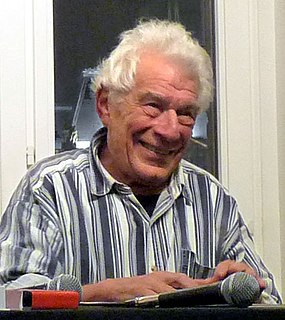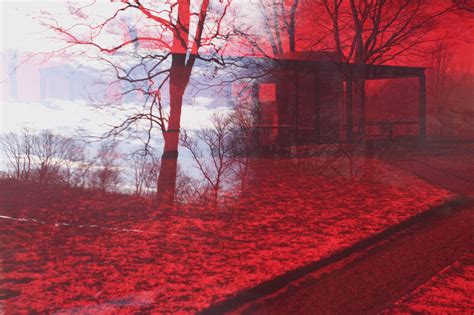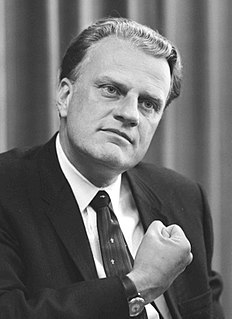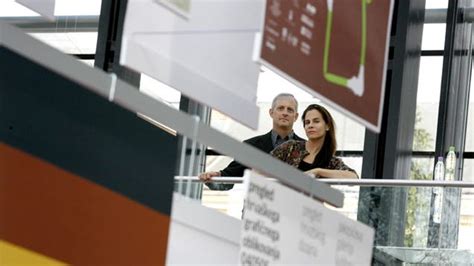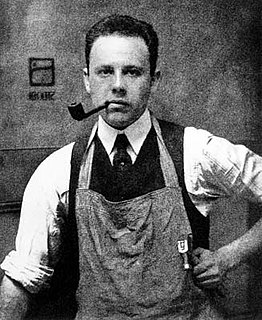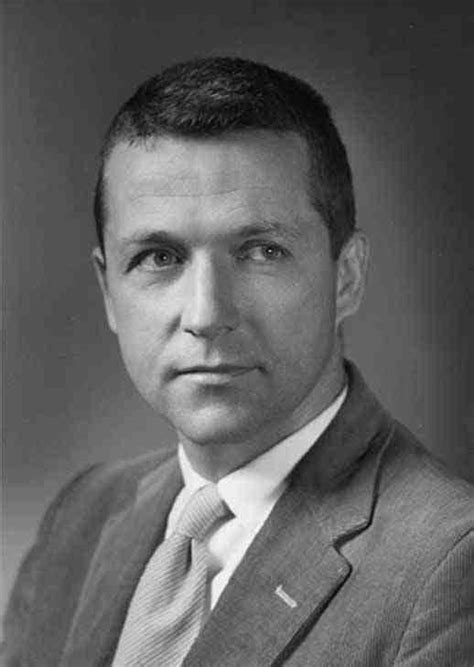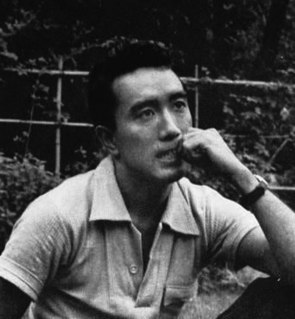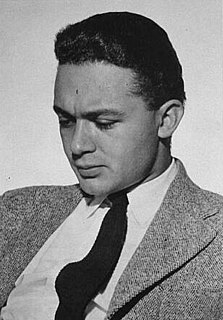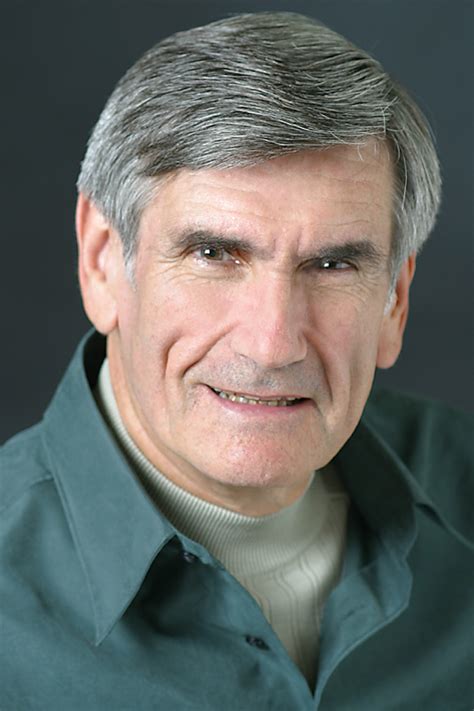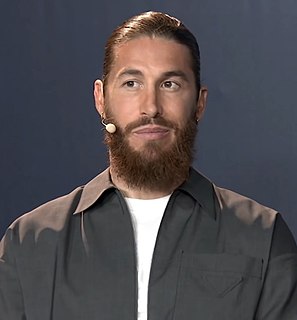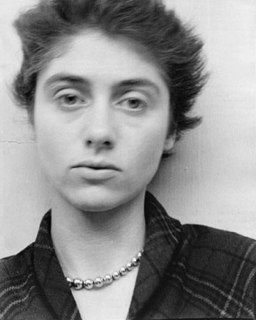A Quote by Garry Winogrand
Every photograph is a battle of form versus content.
Related Quotes
Good design today requires more vision (a larger point of view versus the single brilliant idea), more consistency (a deeper underlying structure of language and form versus the simple, uniform application of visual elements) and more patience (persistence over time versus creative authoritarianism).
The documentary photographer aims his camera at the real world to record truthfulness. At the same time, he must strive for form, to devise effective ways of organizing and using the material. For content and form are interrelated. The problems presented by content and form must be so developed that the result is fundimentally [sic] true to the realities of life as we know it. The chief problem is to find a form that adequately represents the reality.
Good design is not about form following function. It is function with cultural content. By adding "cultural content" to the concept of "form follows function," objects cease to be finite or predictable. Maybe the right way to interpret the dictum is to first acknowledge that the function needs to be clearly understood before the form is considered.
This is a photograph, so it is as you see: there are no lies and no deceptions. One can detect here, elevated to an incomparably higher level, the same pathetic emotional appeal that lies concealed in every fake spiritualist photograph, every pornographic photograph; one comes to suspect that the strange, disturbing emotional appeal of the photographic art consists solely in that same repeated refrain: this is a true ghost... this is a photograph, so it is as you see: there are no lies, no deceptions.

